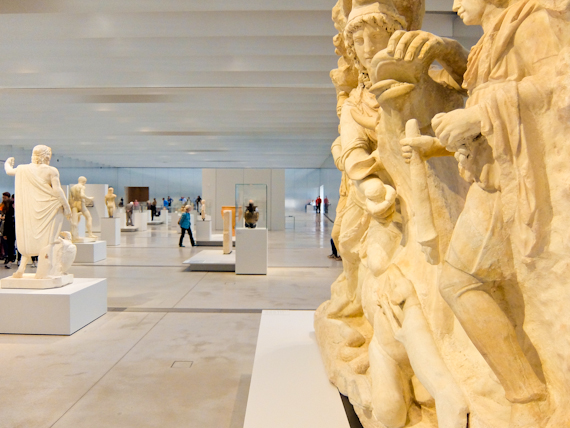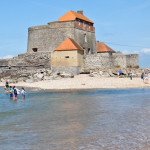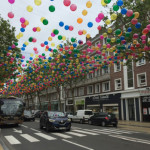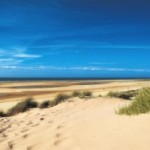It’s easy to forget just how easy it is to get to Calais, whether by ferry, tunnel or train but most people just drive straight through on the way to somewhere else. That’s a shame because it makes a great weekend destination, perfect for stocking up on wine and other foods and enjoying excellent meals. Here are my Calais five must-see places to visit.
The presence of the Jungle refugee camp certainly hasn’t helped but, in Calais, there’s no evidence of any trouble. Indeed the town centre seems completely unchanged since I first visited it thirty years ago.
Calais Lace & Fashion Museum
Most people are unaware that Calais has been making lace since 1816, when machinery from England was smuggled in illegally. These industrial looms were subsequently modified to use the Jacquard system, which allowed mechanically produced lace to rival the handmade variety. By 1910 there were more than 40,000 people employed in the lace trade but these days there are only a handful of companies left. The area is still responsible for around 80% of the world’s lace production and top designers still come back to Calais for their materials.
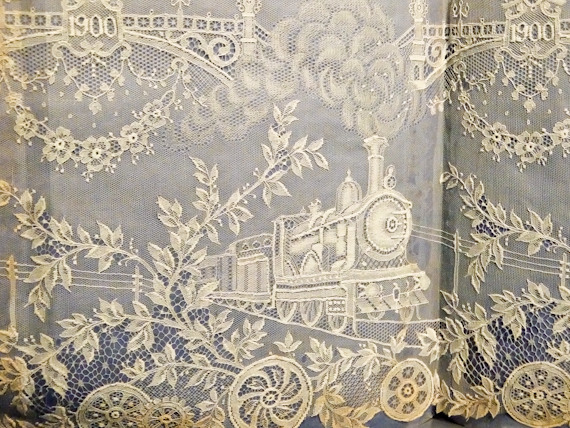
The museum was set up in 2009 in a 19th century glass factory and has a modernistic glass and steel extension. The first section is devoted to the history of hand lace from the 16th to the 19th century, displaying some beautiful examples. It then moves to industrial production, beginning in the 19th century, and five working Leavers looms have been installed, each with their own trained operator. This is where you see the lace being produced and a guided visit takes you through each stage of the process. Finally there’s the fashion department containing over 3000 items, made between 1850 and the present. For a bit of fun, there’s a virtual fitting room where you can slip into haute couture creations from bygone days.
Louvre-Lens
Until recently coal mining was the main livelihood of this area, but now the pits are quiet and the huge slag heaps grassed over. It’s been given a new lease of life with the opening of Louvre-Lens in a new building, displaying some of the treasures of the Louvre in a large airy space.

Unlike its parent, there’s nothing on the walls and the 200 artworks are displayed on the floor so you can walk through them in chronological order. You start around 3500 BC, with the birth of writing, and your journey takes you past stunning examples of each era before ending in the middle of the 19th century. Downstairs you can see restorers working behind the scenes through a huge glass window.
New WW1 Memorials and Museums
This area contained the front line trenches of WW1 and remembrance cemeteries are scattered everywhere. The Ring of Remembrance was opened in 2014, on the summit of the Notre Dame de Lorette plateau, opposite the largest of the French cemeteries. As you’d expect it’s a giant ring-shaped sculpture and its black walls contain bronze panels engraved with the names who lost their lives on the soil of Nord and Pas-de-Calais. My great uncle was one of those and it’s particularly emotive to find his name listed among the 579,606 war dead.
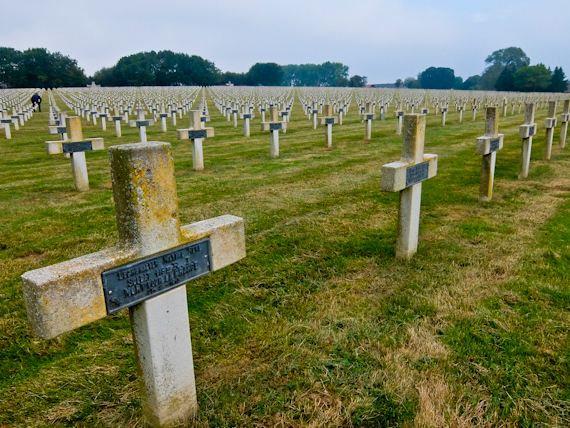
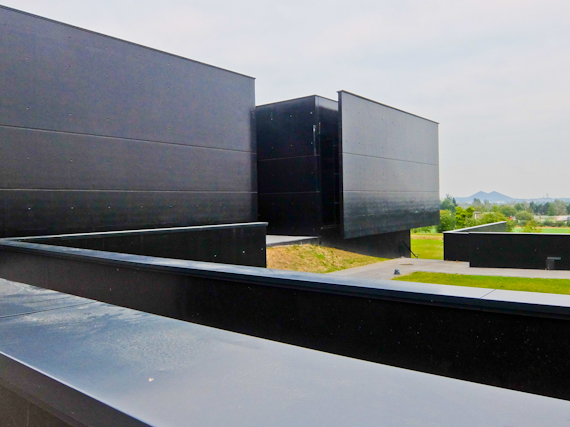
Just below is the Lens’ 14-18 War and Peace History Centre, a recently opened museum dedicated to the events and battles which took place in the region. Although there are a few artefacts from the time, it’s the unique graphic material including over 300 large high quality photographs which bring home the horrors of the battle. The aim is to tell the story from the point of view of everyone involved, not just the victors but also the Germans. In the final section you can access online records of the people listed on the Ring of Remembrance and I discover my great uncle died in December 1914, right at the start of the war.
Arras
Further from the coast is the charming city of Arras, capital of the region. It was completely rebuilt after being flattened in WW1 and they restored all their great buildings, including the Grand Place and the imposing clock tower. It’s worth climbing to the top for a panoramic view of Arras. The largest market in the region takes place on Saturday mornings and spreads across the two main squares. You’ll find great cheeses, special Arras andouillette and even a few live chickens here.
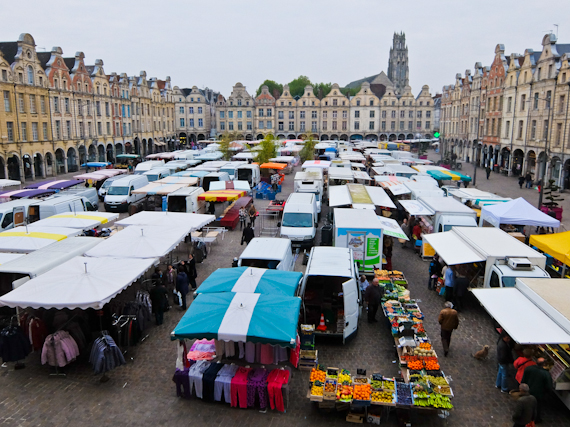
Underneath the town are an extensive network of tunnels dug in the middle ages but enlarged and connected during WW1. They ran from the centre of Arras to the German front lines and, in the 1917 Arras Offensive, 24,000 Allied troops burst out in front of the Germans and caught them by surprise. Guided tours are available from the tourist office in the clock tower, but it’s wise to book in advance.
Tell me more about Calais five must-see places to visit.
Chateau de Tilques makes a comfortable base for exploring the region.
Hotel Univers is right in the centre of Arras.
Al’Fosse 7 serves local specialities in Lens.
L’Ambassade in the Grand Place in Arras is good value.
Philippe Olivier, in Lens, sells excellent cheese.
Boursot’s Wine Collection, in Ardres, has a good choice of wine.
Page 24, just outside Arras, brews good local beer.
Pas de Calais Tourism has information about the region.
Tourisme Lens has information about the town.
Around Louvre Lens has information about the surroundings.
Southeastern has fast trains to Dover from London.
DFDS Seaways offers 30 daily sailings from Dover to Calais with prices from £39 each way for a car and up to nine people. Upgrades for the premium lounge are £12 per person each way and priority boarding is £10 per

